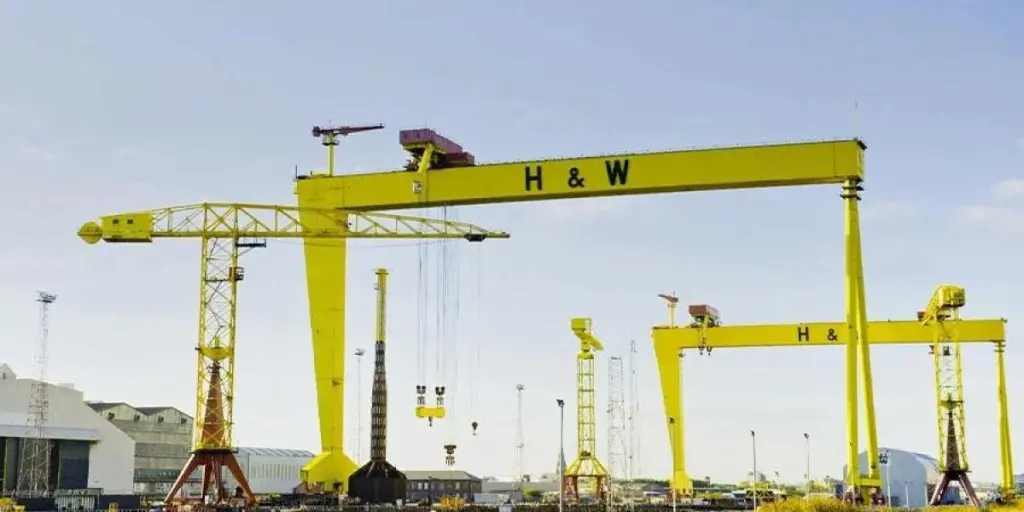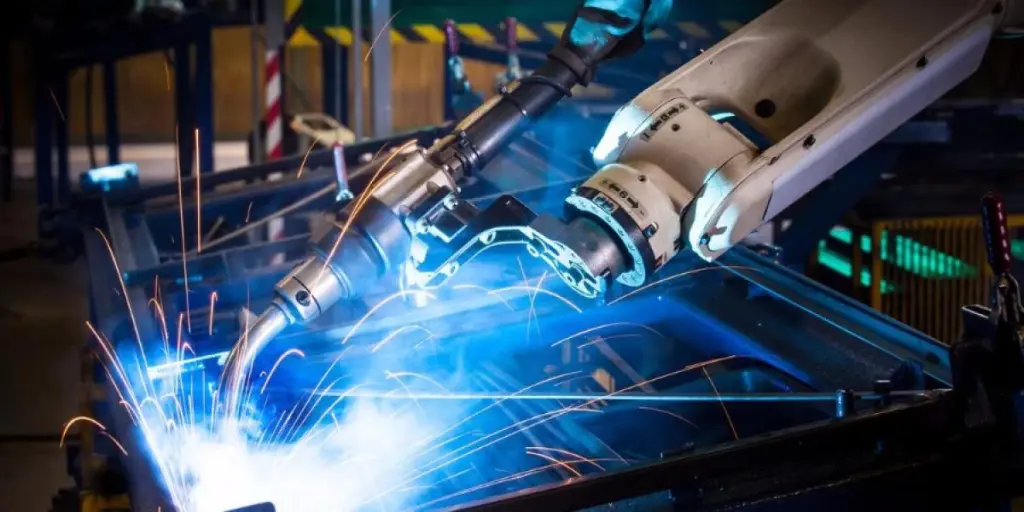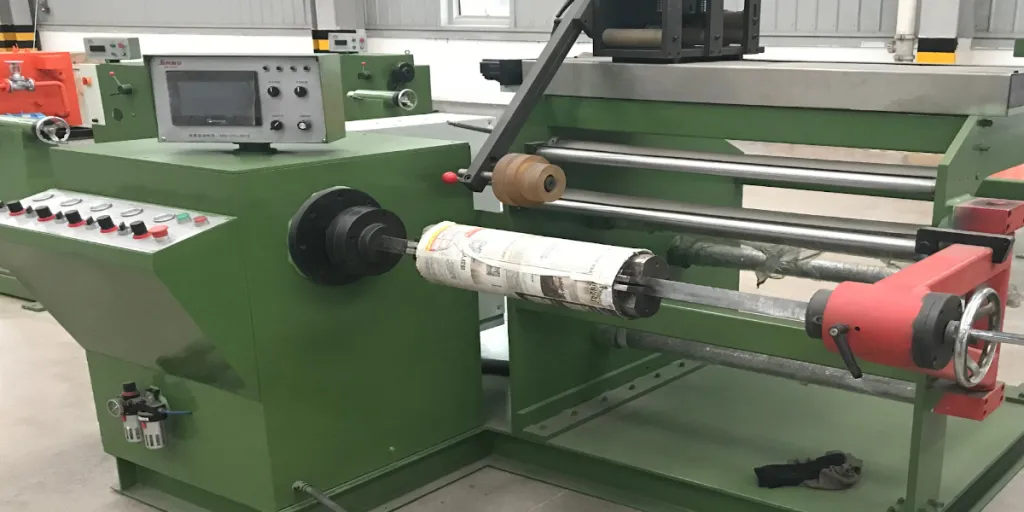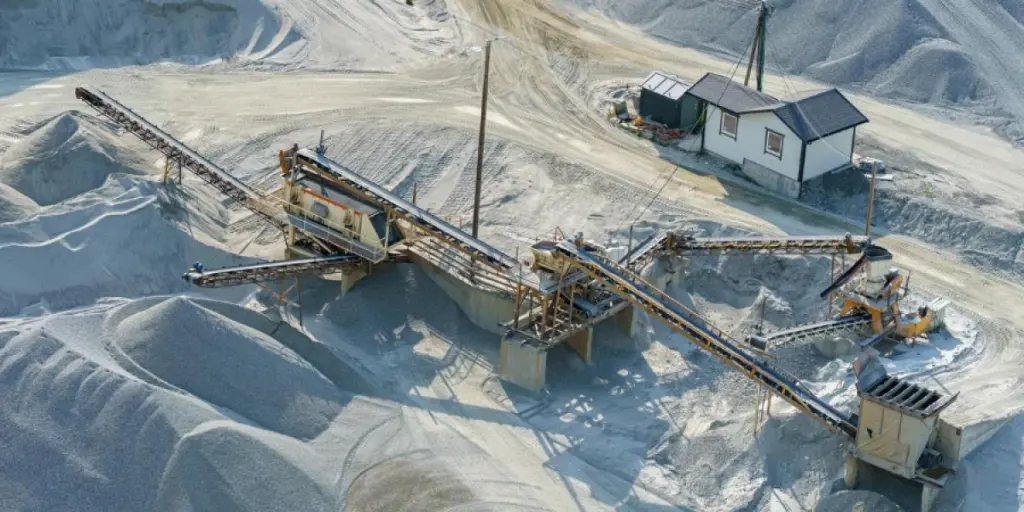The Indian industrial machinery market is booming, and its earnings are expected to rise in the coming years. Analysts are highly optimistic about the agricultural, textile, and packaging industries. This article highlights the most lucrative trends businesses need to know to capture and catapult the market.
Table of Contents
Snapshot of the Indian machinery Industry
The major developments in India’s industrial machinery sectors
Final words
Snapshot of the Indian machinery industry
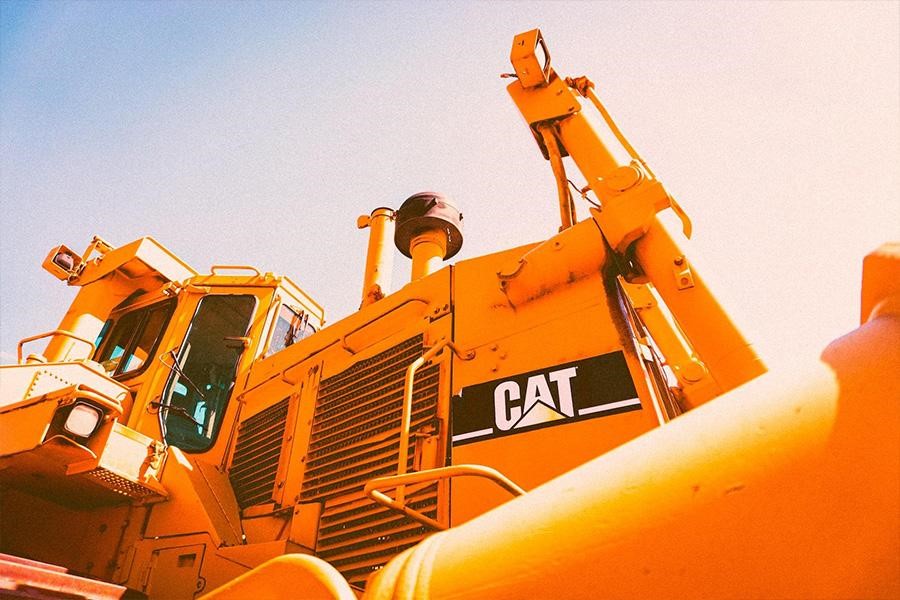
- The Indian industrial machinery sector is diverse and promising, thanks to implementing various government schemes that allow for establishing machinery manufacturing plants.
- Indian textile machinery accounts for most of the machinery manufacturing industry, and India is the world’s fourth-largest importer of textile machines.
- The government has set up 15 special Economic zones for the electrical machinery sector. Countries like Japan, France, the UK, the USA, and Italy have also invested in electrical machinery in India.
- The agricultural machinery sector primarily comprises tractor manufacturing and contributes one-third of global production. The largest importers of such machinery are Turkey and Malaysia.
The major developments in India’s industrial machinery sectors
Latest developments in the Indian packaging machinery sector
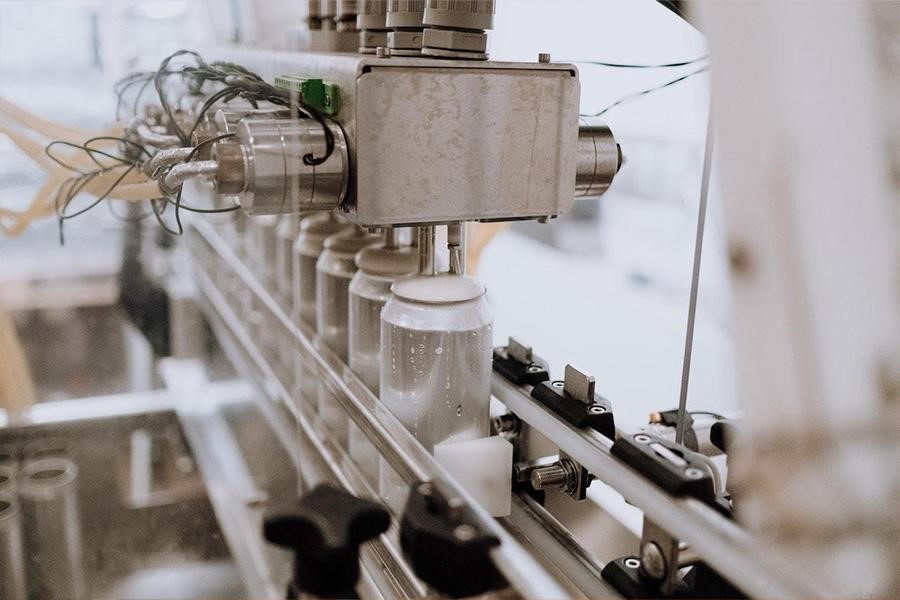
The Indian packaging market is worth approximately INR Rs 1.4 billion, with consumer packaging accounting for 54% of the share and tertiary and bulk packaging accounting for the remainder. The domestic packaging market has risen, reflecting modern consumer aspirations. As sustainable packaging picks up steam globally, this trend is expected to gain momentum in India.
In response to the market’s high activity, global packaging leaders have entered the Indian packaging market through direct subsidiaries or inorganic acquisitions. Aside from catering to local requirements, India is also emerging as a source of cutting-edge packaging products, which applies to all packaging formats, including metal, glass, and paper boards.
In terms of end-use applications, food packaging has the highest consumption, followed by personal care and pharmaceutical packaging.

Domestic packaging manufacturers have developed high-production packaging machineries such as packaging conversion, sealing, filling, handling, and testing equipment. This sector’s packaging machinery for automatic filling, sealing, stand-alone pouches, and laminated tubes is growing tremendously.
The top FMCG product companies are developing strategies to distinguish their services with heavy rivalry for shelf space. They are looking for innovative packaging solutions with high production capabilities and low operating costs.
Among the different types of machinery, the form fill seal is the most popular packaging machinery, with domestic players capable of manufacturing FFS machines for varied applications. Additionally, advances in flexible packaging, such as closable pouches and stand-alone pouches, have paved the way for other packaging machinery. Furthermore, Many FMCG firms are looking for automation, customized machinery, and high-speed lines.
In the last decade, trade in the packaging machinery sector has increased, with imports accounting for 18-20% of the packaging machinery market. The key segments of imports include efficient packaging devices for wrapping and filling, cartoning equipment, sterilization, and bagging machines.
The textile machinery industry in India
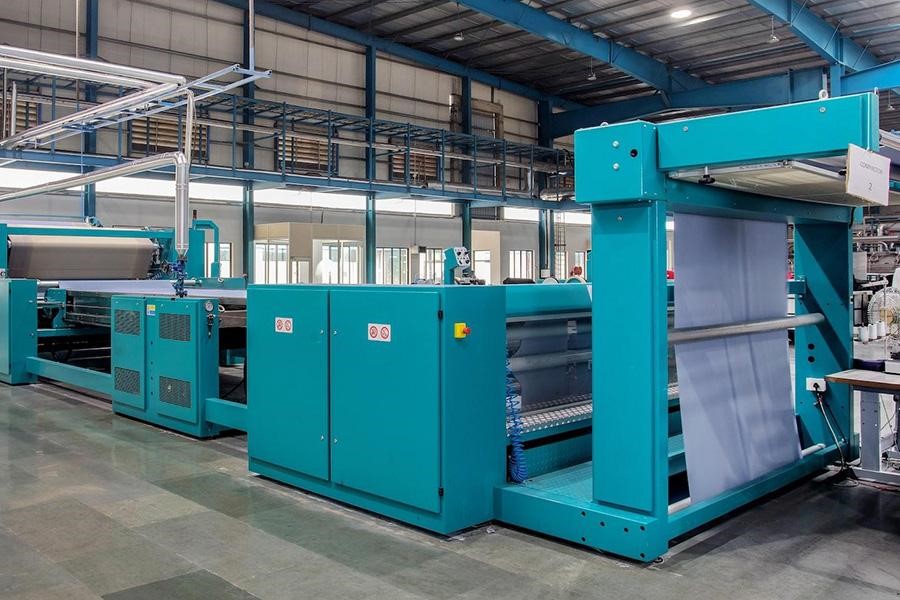
The Indian textile machinery industry is expanding in conjunction with the country’s thriving apparel market. There is a shift from traditional labor-intensive production to a more advanced and industrialized sector. And with the textile industry expanding in international and domestic markets, the textile machinery market is predicted to grow significantly.
The Indian textile machinery market witnessed a 10% growth in 2014, according to the chairman of International textile machinery exhibitions (ITME), indicating a promising future. With the textile machinery industry reaching its projections of INR Rs 35,000 crore in 2021, the market is on track with the predictions.
In response to the growing success, the Indian government has designated the textile machinery sector as one of the most important machine manufacturing industries, promising additional assistance in the future.
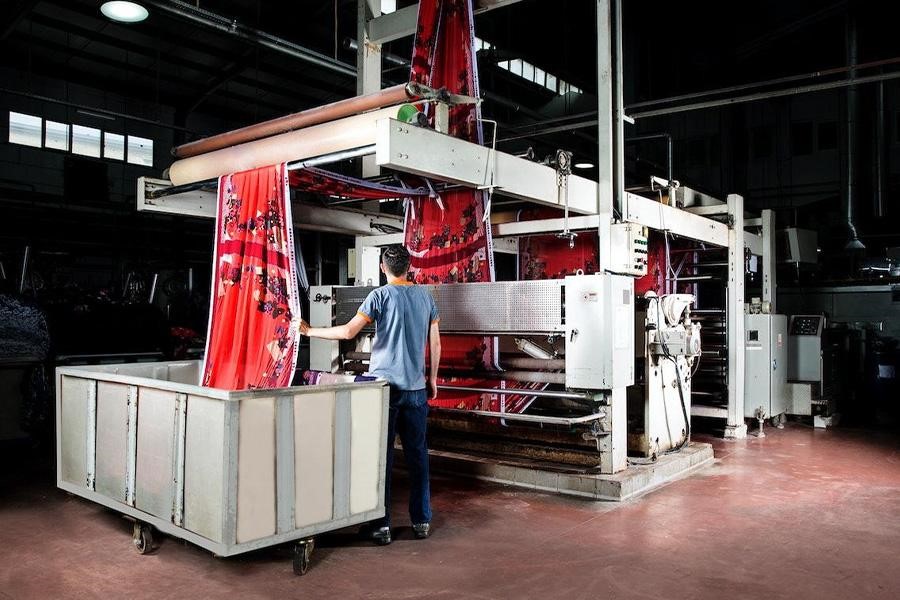
India is the world’s leading textile producer, with a textile industry worth USD $223 billion in 2021. The domestic textile apparel market was worth USD $154 billion in 2020, growing at a 12% CAGR over five years. This growth is expected to boost India’s textile machinery industry even further.
Over the next five years, the spinning machinery segment is expected to grow exponentially, which can be credited to the country’s expanding spinning industry.
The high demand for cotton exports, combined with technological advancements in spinning machinery, will assist India in maintaining a high demand for spinning machinery in the coming years.
The Indian construction machinery sector

The Indian construction machinery segment was valued at USD $6.66 billion in 2021 and is projected to grow at a CAGR of 8.9% to USD $12.4 billion in 2029. There are different types of construction machinery in the market for heavy operations, such as excavation, lifting, and material handling. This market is driven by several factors, including commercial, residential, industrial, and public-private partnerships.
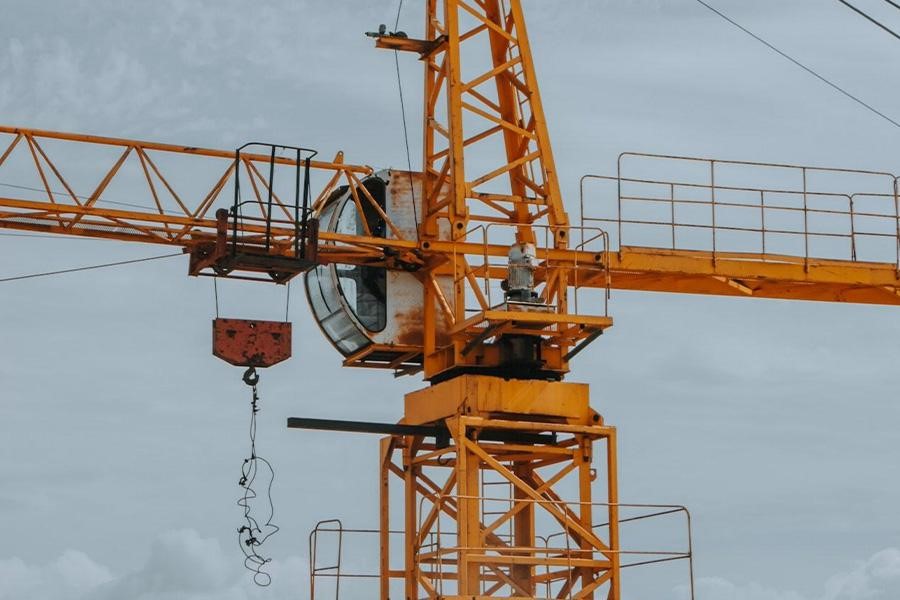
Another factor driving growth in the construction machinery sector is increased demand from other countries for such equipment. For example, in March 2021, the US president announced an infrastructure plan to see construction equipment imports from India.
Furthermore, the Ministry of Commerce of the Government of India has launched several programs to promote made-in-India construction equipment overseas.
The agricultural Machinery sector in India
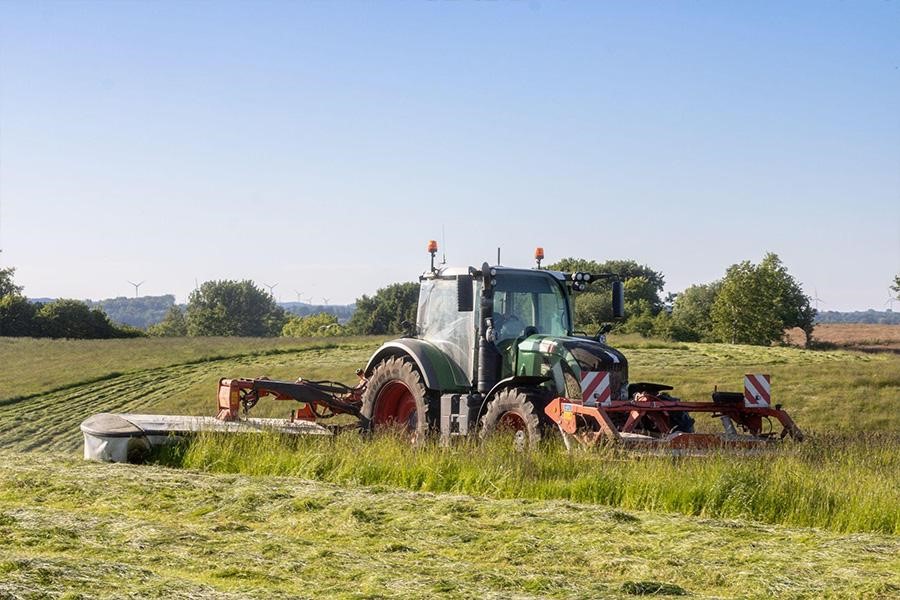
The Agricultural machinery market was valued at USD $12.3 billion in 2022 and is expected to grow at a CAGR of 9.5% to USD $21.1 billion by 2028. This growth can be attributed to favorable government policies, a focus on productivity optimization, and rising farm incomes in India. Tractors, trailers, plating tools, harvesters, crop processing devices, and spraying equipment are this industry’s most commonly used equipment.
In a traditionally labor-intensive industry, there has been a growing emphasis on farm mechanization. The workforce is shifting away from farm-related activities to other allied sectors. Another factor driving farm mechanization is the need for quick production due to the restricted window of farming operations.
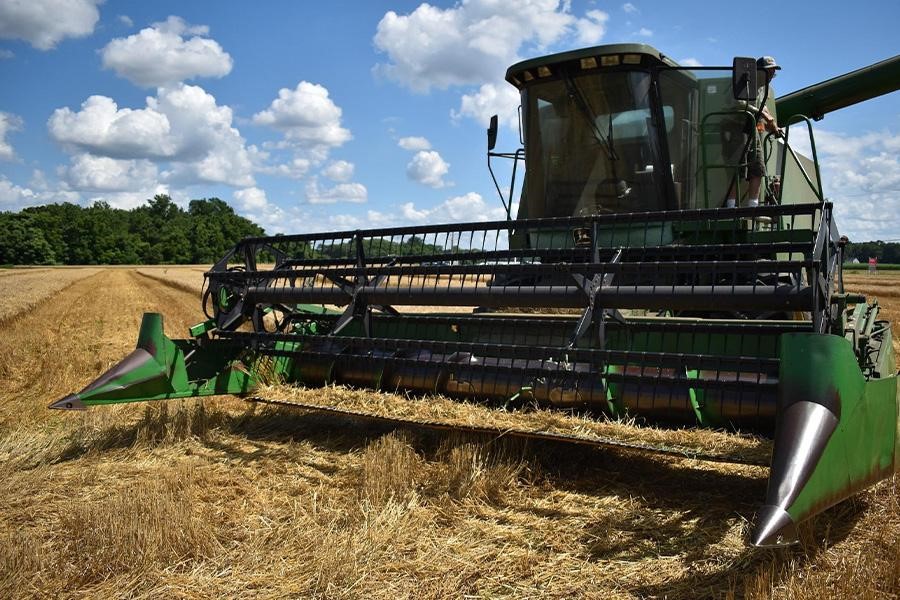
In Asia-Pacific, India has emerged as the leading manufacturer of agricultural machinery, thanks to the country’s high dependence on agriculture, growing inclination toward technology adoption, and changing demographics.
Indian electrical machinery sector
In conjunction with increasing industrialization and economic development, the Indian electrical machinery sector is expected to grow exponentially. The electrical machinery market is expected to grow from USD $24 billion in 2013 to USD $100 billion by 2022. This market consists primarily of transmission, generation, and distribution machinery.
The following are some projections for the coming years:
- The transmission market is expected to grow at a CAGR of 6.7%
- The generation equipment market is set to expand at a CAGR of 12.7%
The market saw an increase in electrical machinery exports, from USD 3.4 billion in FY12 to USD $3.9 billion in FY14. Boilers accounted for 16% of this revenue, while cables and transmission lines accounted for 15% and 12%, respectively.
One of the reasons for this sector’s explosive growth is that the Government of India has de-licensed the electrical machinery industry and allowed foreign direct investments to enter. Foreign collaborations, transmission asset financing, equipment supply, and technology and engineering services have expanded the market.
Furthermore, initiatives such as ‘Make in India’ are opening up new opportunities to establish manufacturing plants in the market.
Industrial Zones in India
Mumbai-Aurangabad: Mumbai is India’s financial and commercial capital, accounting for 5% of the country’s GDP (GDP). The Jawaharlal Nehru Port (JNPT) is the country’s largest port, handling 40% of all container traffic. This region is home to various industries, including information technology, pharmaceuticals, and manufacturing.
Pune: This region is the IT manufacturing capital, accounting for nearly one-fifth of the country’s industrial investments. This region is home to various industries, including engineering, automobiles, and consumer durables. They are also well-known for their impressive concentration of international corporations.
Gurugram-Bhiwado-Neemrana Corridor: Gurugram is home to several of India’s automobile industries and has a dedicated corridor for producing automobile equipment. They also house various FMCG, glass, and ceramic industries.
To sum up
As previously stated, the Indian industrial machinery sector has demonstrated its ability to meet the needs of both domestic and international markets. The machinery sector forms the backbone of the manufacturing industry by supplying all of the necessary production equipment. Small, medium, and large-scale industries all use these machines. Visit Alibaba.com to learn more about the latest industrial machines and the various types of models available today.
